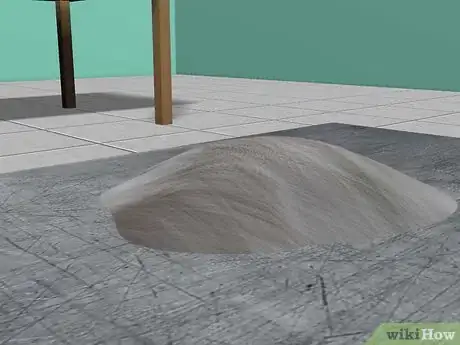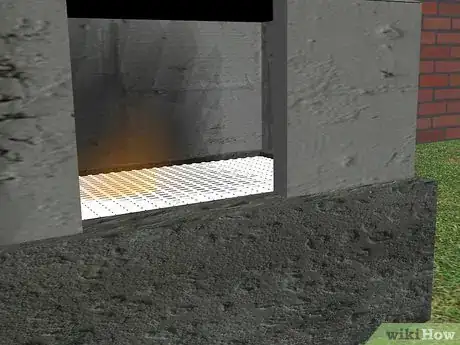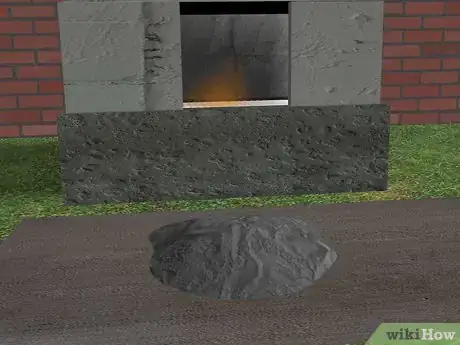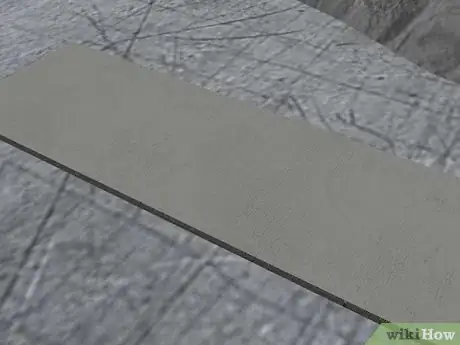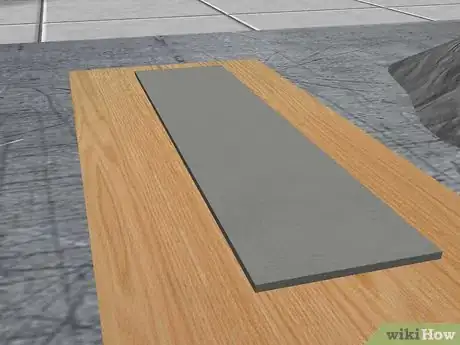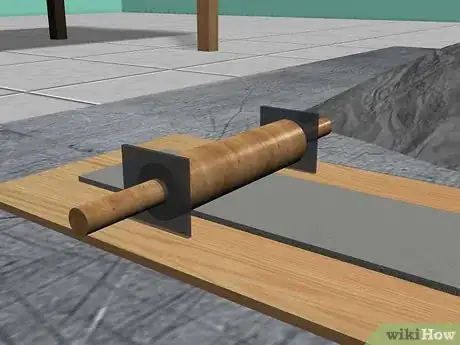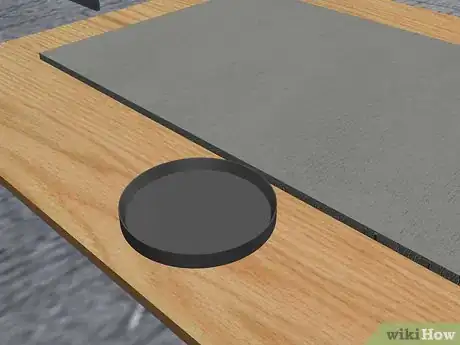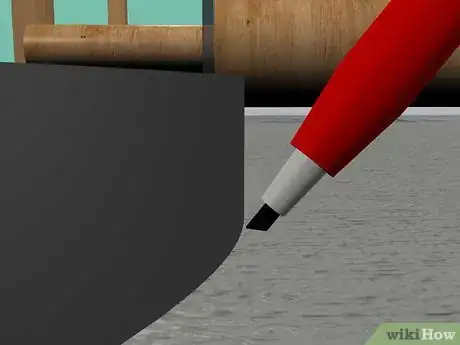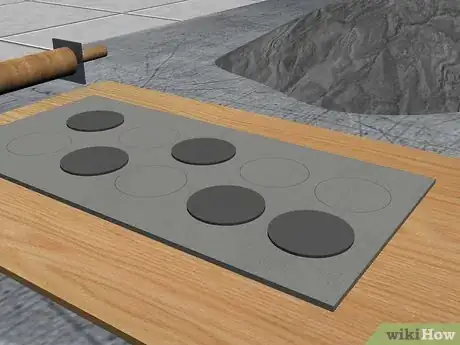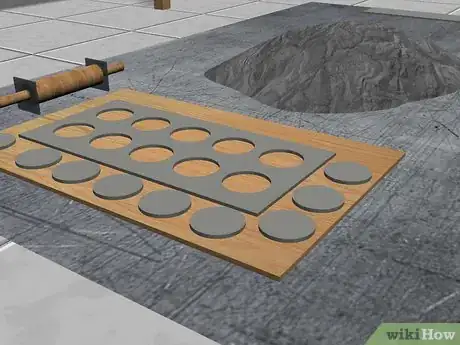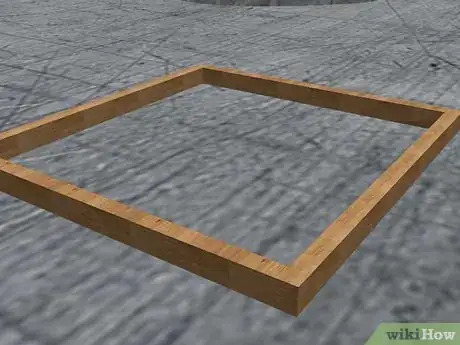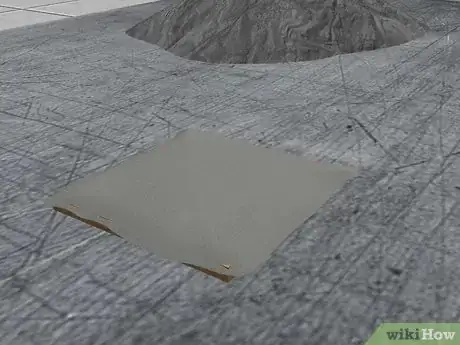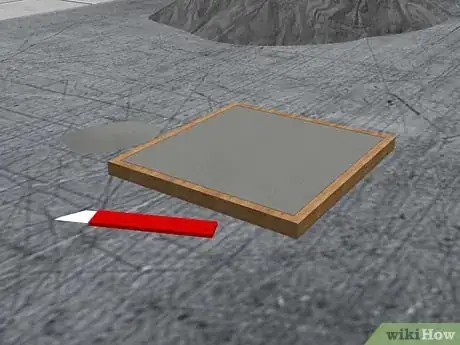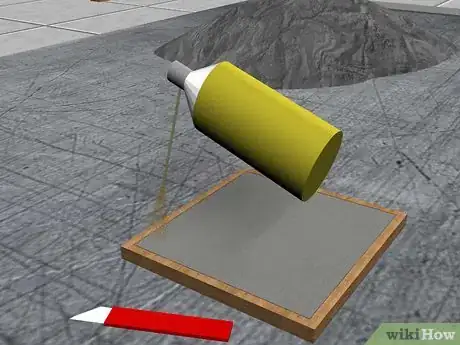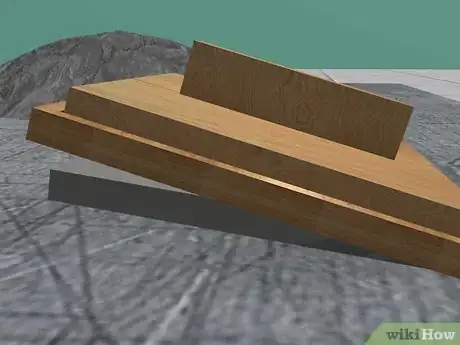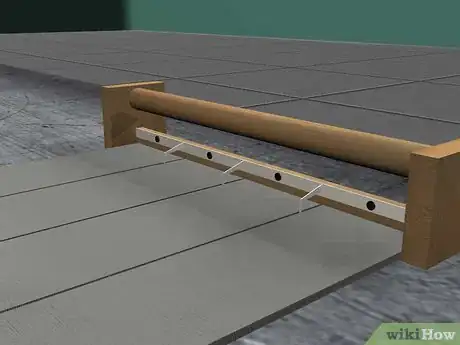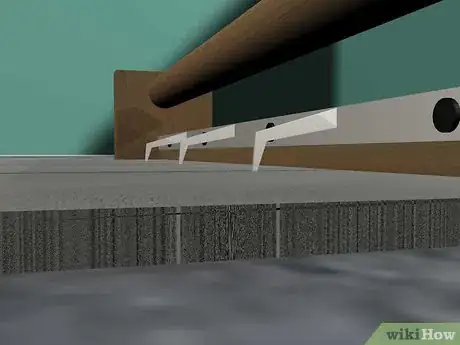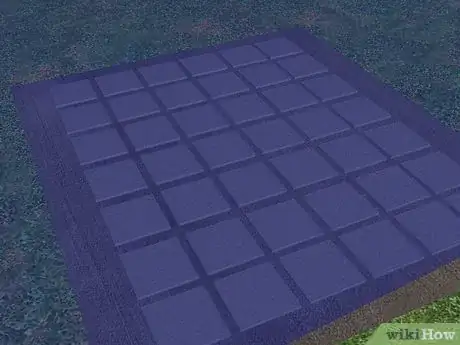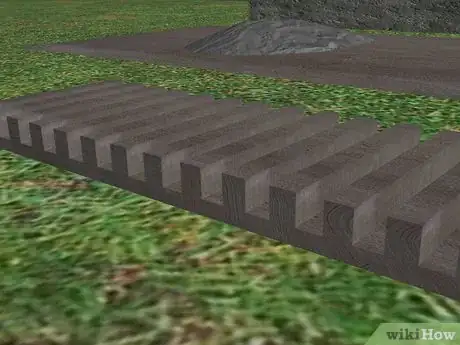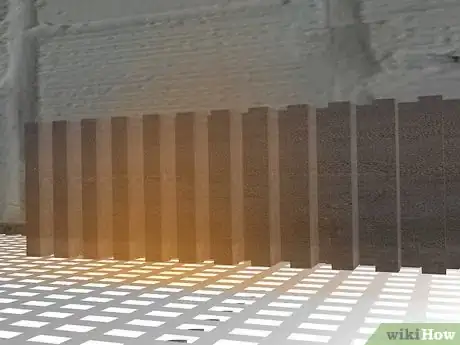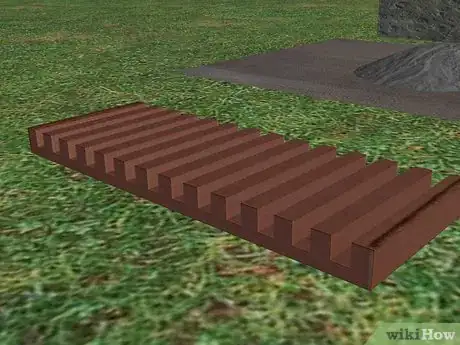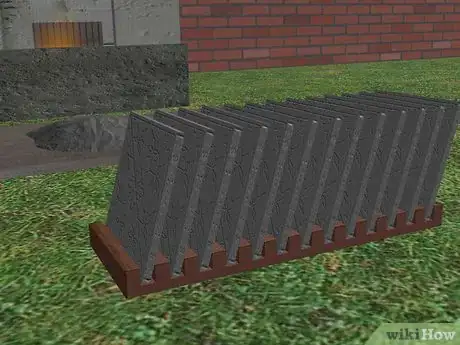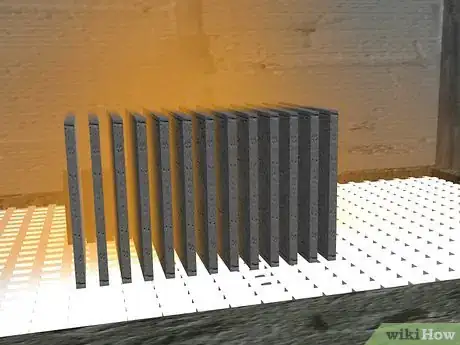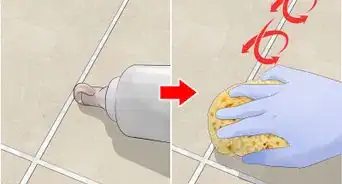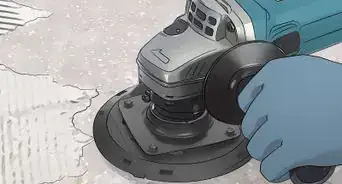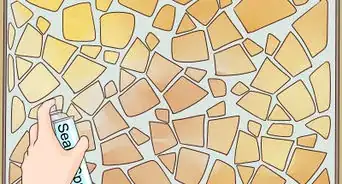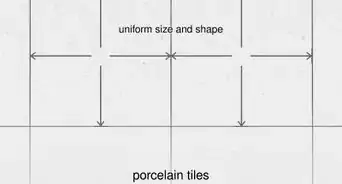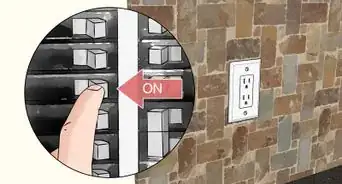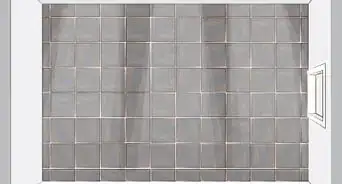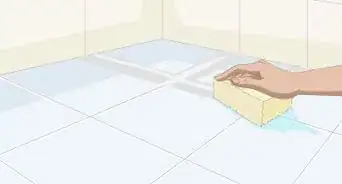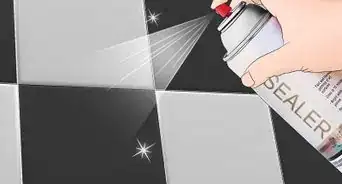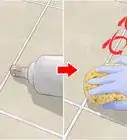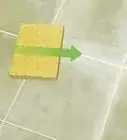This article was co-authored by Deanna Ranlett. Deanna Ranlett is a Pottery and Ceramics Professional and the Owner of Mudfire Inc. in Decatur, Georgia. With more than 22 years of experience in the ceramics industry and eight years of experience owning a studio, they specialize in glaze formulation, firing ceramic and pottery pieces, general clay projects, and screen printing for ceramics. Deanna holds a BFA in Ceramic Arts and Ceramics from Georgia State University.
This article has been viewed 150,964 times.
Ceramic tile can be a beautiful addition to your home or garden. It begins with just a lump of clay, which is mixed with other ingredients to create a medium by which to form the tiles. Pigments and designs are added before glazing to add color and texture. If you love working with your hands, making your own ceramic tile can be fun and rewarding, especially if you intend to use it in your own home or garden. Aside from purchasing a kiln for firing your tiles, most ingredients are fairly inexpensive and some can be made from materials in your own home. Making ceramic tiles takes only a bit of creativity and time.
Steps
-
1Begin with good clay, such as that designed for sculpting and that has small- and large-sized grog (fired and ground up clay).
-
2Check the temperature at which you will fire the clay.Advertisement
-
3Ensure that the clay you use will mature at that temperature.
-
4Work the clay when it is fairly dry.
-
5Ensure that your clay tiles are at least 1/2-inch (1.3 cm) thick.
-
6Roll a slab of clay onto a hard working surface from which your clay can be easily removed.
-
7Use a slab roller to flatten the clay.[1]
Using a Wheel
-
1Calculate the diameter of a ball of clay that is needed to reach your tile's size, including shrinkage.
-
2Use a magic marker to mark that size on your bat.
-
3Throw to the mark.
-
4Determine the weight of the clay ball that ended up to be the correct dimensions of your tile and use that weight for the rest of the clay.
Using a Press
-
1Construct a bottomless wood frame.
-
2Pound the clay into the frame.
-
3Cut off the excess clay.[2]
-
4Allow the clay to dry slightly or use a spray lubricant to avoid having it stick to the wooden frame.
-
5Push the clay out of the frame's bottom using a strong material the same size as the clay.
Forming Tiles Directly From a Block of Clay
-
1Purchase a clay-cutting device, which is similar to a cheese slicer, or make your own.
-
2Ensure that the device is at the specific thickness for your tile specifications.
-
3Put the device wire evenly through the block of plugged clay (ground clay that is kneaded with water and becomes more elasticized) to slice off tile pieces.
Cutting the Tiles
Drying
-
1Cover the tiles with plastic.[3]
-
2Place the tiles between two pieces of sheetrock, plywood or fire-proofing board to help draw out the moisture or dry the tiles on a wire rack or plastic grids.
Firing
-
1Incise a slab of clay with a 3.94-inch-long (100 mm) line.
-
2Fire the slab at the appropriate temperature.[4]
-
3Measure the line after firing to determine shrinkage rate.[5]
-
4Stack your tiles atop each other or place the tiles in a tile setter for bisque firing or place tiles on a flat surface for glaze firing.[6]
- If you are loading a bisque firing, put the pieces of the same size together for the first firing.
- You should expose those pieces to at least one section of heating elements in the kiln. If they are not exposed evenly to the rows of heating elements, they might not mature to the same temperature.
- You can vary their placement. Stack smaller pieces, bottom to bottom or rim to rim. You can also put very tiny, lightweight pieces inside other pieces to save on space.
-
5Create a moat to protect your tiles and ensure even firing using bars of clay.
Warnings
- Be sure to use the tile for its intended purpose. Some tiles are intended for walkway and floors, while others are for walls, showers and decorative accents. Be careful to not place highly glazed tiles on a walkway as they can be slippery.⧼thumbs_response⧽
Things You'll Need
- Clay
- Hard, flat surface on which to work with the slab
- Kiln
- Roller, wheel, press or slicer
- Templates for cutting tiles
- Cutting tools
- Sheetrock, plywood or fire-proofing board
- Wire rack or plastic grid
- Plastic wrap
- Oil
References
- ↑ https://ceramicartsnetwork.org/daily/pottery-making-techniques/making-ceramic-tile/flat-tiles-the-easy-way/
- ↑ http://www.madehow.com/Volume-1/Ceramic-Tile.html
- ↑ https://people.goshen.edu/~marvinpb/dryingslabs.html
- ↑ http://www.madehow.com/Volume-1/Ceramic-Tile.html
- ↑ http://www.madehow.com/Volume-1/Ceramic-Tile.html
- ↑ http://www.madehow.com/Volume-1/Ceramic-Tile.html
- Ceramic Tile Making
- http://www.lakesidepottery.com/HTML%20Text/Tips/Making%20Ceramic%20Tiles.htm
